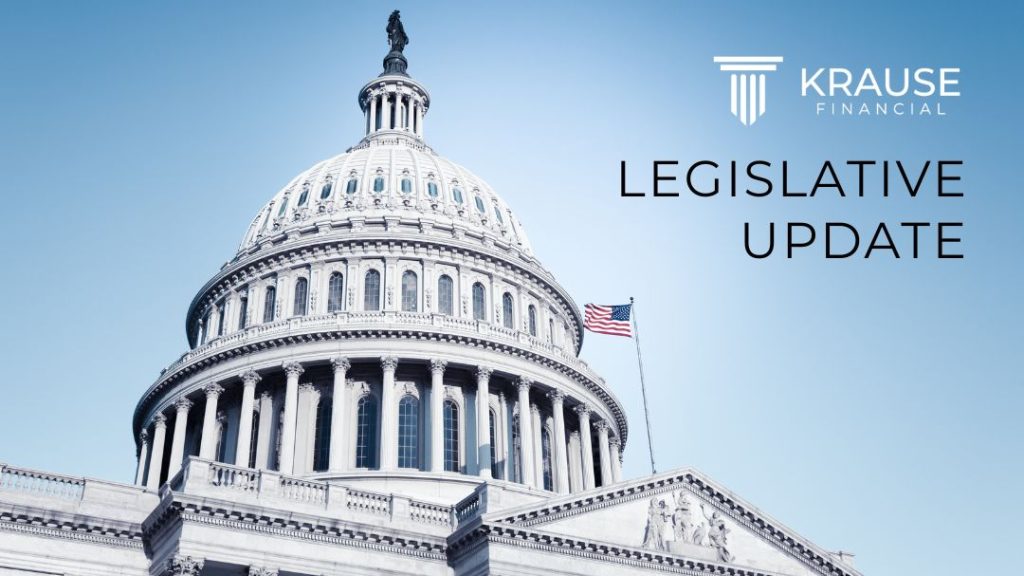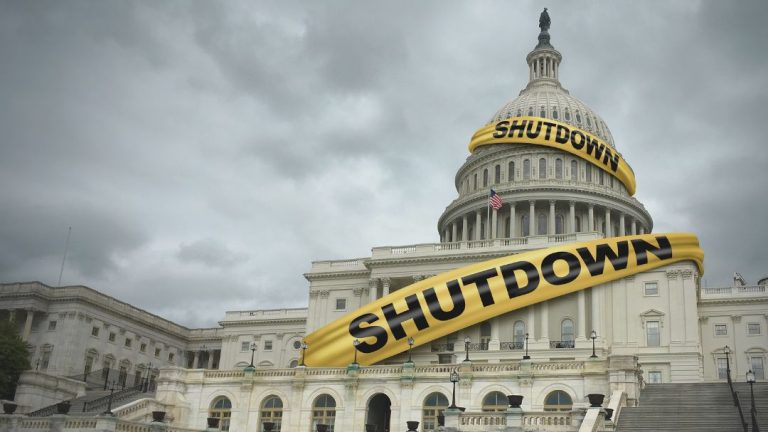From Cuts to Corrections: Hawley Tries to Patch the Holes in the “Big Beautiful Bill”

When the Senate passed the sweeping “One Big Beautiful Bill” (OBBBA), most headlines focused on its scale and symbolism. However, as the details of the bill began to fill in, and the final version came into focus, a realization sank in that the legislation included provisions that could forever change the look, feel, and operation of the Medicaid long-term care program. Yes, the very same program that anchors long-term care service delivery in the United States.
During negotiations over OBBBA, Senator Josh Hawley (R-MO) voiced alarm over its Medicaid provisions. Senator Hawley specifically called the cuts “morally wrong and politically suicidal.” Still, he ultimately voted yes on the Senate version that subsequently passed the house and signed into law. Now, Senator Hawley is trying to mitigate the consequences through new legislation: the Protect Medicaid and Rural Hospitals Act, introduced July 15.
Impact of OBBBA’s Financial Restructuring of Medicaid
The OBBBA didn’t just tinker with Medicaid—it fundamentally restructured how the program is financed and delivered. The law cuts about $840 million in federal outlays for the Medicaid program while simultaneously reducing revenues over that period by $21.1 million over the next 10 years, according to the Congressional Budget Office. These cuts occur mainly by imposing work requirements, adding eligibility red tape, reducing state-directed payments to providers, and capping the provider tax structures that many states rely on to maximize federal funding.
The OBBBA’s restructuring of Medicaid financing will have (and has already had) an outsized impact on rural communities. The Kaiser Family Foundation estimates that rural areas alone could lose up to $155 billion over ten years—more than triple the rural health support offered in the original bill. States face a painful choice. Do they try to raise additional revenue to support Medicaid and local hospitals by raising taxes? Do they support the program by cutting other essential services? Do they scale back Medicaid benefits to extend care to more people?
If the funding gap isn’t closed, it’s clear that hospitals in rural communities will continue to close, which will exacerbate the existing rural healthcare availability shortfalls.
And it doesn’t stop there.
Nursing homes may be even more vulnerable than rural hospitals to this fiscal restructuring. Many rural nursing homes rely on Medicaid for a significant portion of their funding, to the extent that replacing that funding would present real challenges to their readiness and ability to deliver services. Moreover, cuts to provider tax matching by the federal government and payment rates will likely lead to staffing shortages, frozen admissions, or outright closures.
Insurance markets, taxpayers, and state governments themselves won’t be spared either. OBBBA’s new administrative mandates are expensive and complex to implement. Many stakeholders do not have or have limited access to the systems necessary to deploy this update work verification requirement. Furthermore, private insurers may simply exit unprofitable markets subject to additional regulatory burdens, which would leave fewer choices and higher premiums for families across the board. As Medicaid coverage is scaled back, uncompensated care burdens will rise. That cost ultimately falls on taxpayers and insured households.
A Political Pivot or Calculation?
Pundits have proffered alternate explanations for Senator Hawley’s introduction of a bill to prevent Medicaid cuts that he voted for. Those critical of Hawley point to the inconsistency of his opposition to the OBBBA because of the Medicaid cuts, only to vote for the final bill that still contained the cuts. Supporters of Hawley note his comments around the passage of the Senate version, specifically noting he would “do everything in my power to reverse future cuts to Medicaid.” Hawley’s bill reflects an effort to correct specific Medicaid provisions without blowing up the broader deal. It’s a familiar balancing act: support the policy goals of your party generally, then draw red lines around the programs most important to your constituents.
Hawley also isn’t alone in this practice. Members from both parties—especially in rural and swing districts—are getting pressure from hospitals, nursing homes, and family caregivers to shield Medicaid from deeper damage. Another example on his side of the aisle was Lisa Murkowski’s switching her vote to “yes” on the OBBBA in exchange for some Alaska-specific provisions. While in many ways our politics have become nationalized, with Mayoral races garnering national attention, rural districts continue to highlight the old adage: “all politics is local.”
Whether by design or necessity, Hawley’s bill is more than just about promoting a pet policy of his—it’s about positioning. His promotion of the new bill is a signal to his constituents that he is responsive to them, that he sees what they perceive to be a weakness in the final law that was enacted, and that he is taking action to eliminate what he considers to be the most damaging provisions. It is a signal to moderate Republicans and those who have been dubbed “economic populists” that they have political cover to support the initiative as there is safety in numbers.
What the Fix Looks Like
The Protect Medicaid and Rural Hospitals Act doesn’t undo the entire OBBBA—attempting to do so would be to completely undermine the leader of Hawley’s party, the President, and would draw ire from his supporters. In fact, it does nothing close. Rather, the bill targets what Hawley views as three of the OBBBA’s most problematic pieces: (1) the provider tax elimination itself; (2) the lack of funding for rural hospitals; and (3) the 2028 Medicaid cliff when many of the draconian cuts go into effect.
Here’s what Hawley’s trying to change:
- Bring back provider tax flexibility. The bill would reverse the moratorium on states using provider taxes to draw down federal Medicaid funds—one of the most critical tools for state-level Medicaid financing.
- Double down on rural investment. The bill proposes expanding the Rural Health Transformation Fund from $50 billion to $100 billion, and extending its duration to ten years to offer longer-term stability for hospitals on the brink of collapse.
- Stop the 2028 Medicaid funding cliff. The bill halts the automatic cuts to Medicaid scheduled to start automatically by operation of law in 2028, giving states more time and financial room to plan responsibly without rushing into emergency reductions.
In aggregate, these changes do not restore the full Medicaid budget to pre-OBBBA levels. However, these changes would give providers and state policymakers a lifeline to avoid service cuts, hospital closures, or benefit restrictions. Whether this bill gets a vote and whether the providers and state policymakers get this lifeline is dependent on countless factors—some political, some procedural, some practical. However, in today’s political environment, each of these factors present more challenges than opportunity.
The Bigger Picture for Long-Term Care
There is no doubt—OBBBA shook the foundation of Medicaid. While long-term care Medicaid provisions were not expressly targeted by the OBBBA, the broader impact on the program at large presents systemic threat to all participants and stakeholders. While Senator Hawley’s bill doesn’t rebuild the Medicaid program, it does patch some of the cracks that have the potential to do the most medium and long-term damage to the Medicaid program.
The conversation around Medicaid during the negotiations of the OBBBA related primarily to claims of fraud, waste, and abuse, and the public’s response to those claims. Returning to the point above about political positioning, Hawley’s bill keeps the topic of Medicaid on the congressional agenda as something to preserve, not just trim. In doing so, even if Senator Hawley cannot get his proposed legislation through and enacted, he may still be able to reframe the conversation in a way more advantageous for Medicaid advocates.
In an environment that so often forces trade-offs between political wins and community needs, that’s a shift worth watching.

Scott is our Corporate Counsel and Chief Operating Officer. In addition to working directly with clients and managing company operations, he provides his expertise in the legal field through videos, blogs, case law, white papers, and more to ensure our clients have the latest information.



